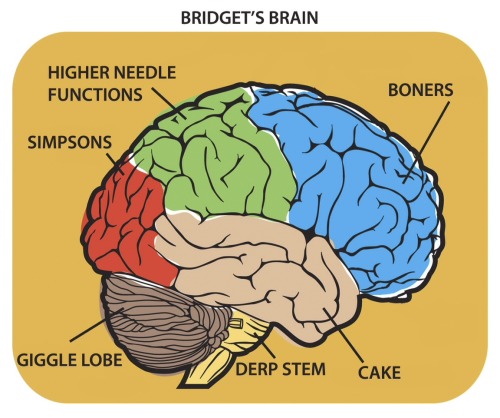About Genetics, Environment, or Both? Examining Factors that Shape Creative Expression

Genetics, Environment, or Both? Analyzing Aspects that Shape Creative Articulation
The area of artistic phrase has long been a subject matter of enthrallment and study. From craft to songs to literary works, human beings have a special ability to make and enjoy numerous types of creative expression. However, the question remains: what aspects shape our ability to be creative? Is it primarily figured out by genetic makeups, determined through our atmosphere, or is it a blend of both?
Genetics play a significant part in shaping lots of aspects of our lives, featuring our artistic potentials. Study has shown that specific hereditary variations can easily affect traits such as openness to encounter and divergent thinking – two essential parts of imagination. For Key Reference , researches have found that individuals with specific variants in the DRD4 genetics are a lot more probably to engage in novelty-seeking actions and exhibit greater degrees of imagination.
Nonetheless, genetic makeups alone cannot account for the full magnitude of creative phrase. Our setting also plays a vital role in shaping our creative thinking. Expanding up in an setting that promotes exploration and provides opportunities for exposure to different kinds of fine art may promote the growth of imaginative capabilities. For case, little ones who are subjected to songs lessons at an very early age may be more most likely to cultivate musical potentials later on in lifestyle.
Furthermore, cultural impact likewise mold innovative phrase. Different lifestyles possess specific artistic practices and values that influence how individuals show their ingenuity. For case, Western side communities have a tendency to value individualism and originality in creative efforts, while Far eastern lifestyles frequently focus on tranquility and equilibrium.

The interaction between genetic makeups and atmosphere is intricate when it happens to imagination. Some scientists assert that hereditary elements established the borders within which environmental impact may behave upon an person's innovative potential. In other words, genetic makeups may establish the possibility for creativity but require ecological stimuli for its full phrase.
In current years, there has been developing passion in examining gene-environment communications related to creative thinking. Scientists have started discovering how particular hereditary variations communicate along with different environmental factors to shape imaginative expression. For example, a research administered by analysts at the University of Helsinki discovered that individuals with a particular variant of the CREB1 gene were more probably to exhibit high degrees of creativity, but simply if they also possessed favorable environmental factors such as helpful parents and gain access to to fine art learning.
These seekings highlight the usefulness of taking into consideration both genetic makeups and setting when checking out variables that form artistic phrase. It is not merely a situation of attributes vs. nurture but instead a sophisticated exchange between the two. While genes supply us along with specific predispositions and potential, our atmosphere acts as a stimulant for unlocking and nurturing those capabilities.
Understanding the role of genes and atmosphere in molding innovative phrase has actually useful effects as effectively. By recognizing that innovation is determined by various elements, educators can develop environments that foster artistic thinking and give opportunities for imaginative exploration. This consists of revealing little ones to unique forms of fine art, encouraging experimentation, and delivering help for their artistic endeavors.
In final thought, creative thinking is influenced through each genetics and environment. Hereditary variations may affect traits linked with imagination, while environmental factors such as training, social influences, and access to creative information participate in substantial jobs in forming an person's imaginative expression. Identifying the interaction between these variables can help us better know how to support and support creative thinking in ourselves and others.
